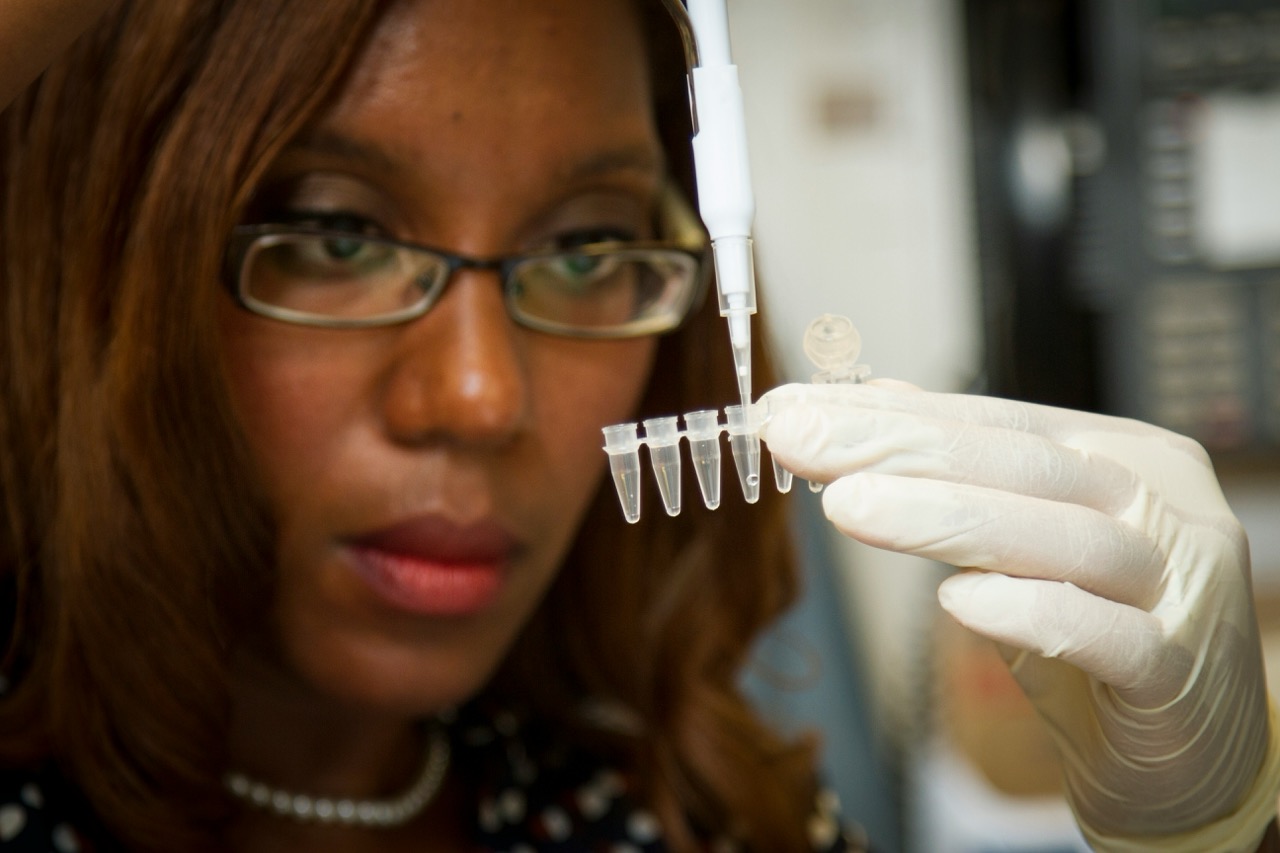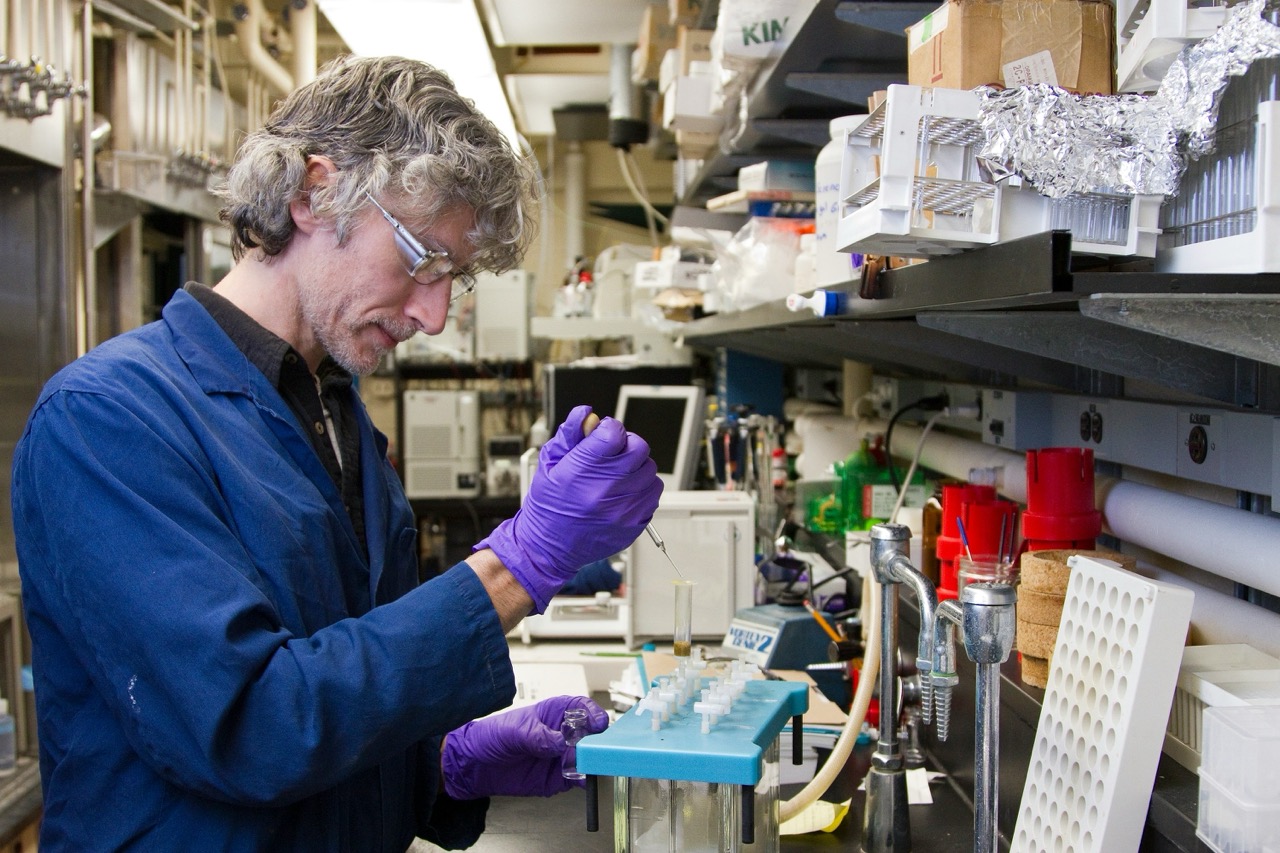The relationship between alcohol consumption and sexually transmitted diseases (STDs) has garnered increasing attention in public health discussions. Alcohol is widely consumed and often serves as a social lubricant, yet it is essential to recognize that it can significantly influence sexual behavior and decision-making. Understanding the complexities of this intersection is vital for developing effective interventions and educational initiatives aimed at reducing the incidence of STDs.
As various factors interplay in this dynamic, elucidating the nature of alcohol’s impact on sexual health becomes critical. This article will explore the nuances of alcohol consumption and its role in increasing STD risk, examining the ways in which it affects behavior, biological mechanisms, and societal contexts. By delving into these topics, we aim to provide a comprehensive understanding of this public health issue, highlighting the need for targeted prevention strategies and education.
Defining STDs: Types, Transmission, and Public Health Impact
Sexually transmitted diseases (STDs) encompass a range of infections that are primarily transmitted through sexual contact. Common STDs include chlamydia, gonorrhea, syphilis, human immunodeficiency virus (HIV), and herpes simplex virus (HSV), among others. These infections can have serious health consequences, including infertility, chronic pain, and increased susceptibility to other infections, particularly HIV. The public health impact of STDs is significant, with millions of new cases reported annually, straining healthcare systems and emphasizing the need for effective prevention measures.
Transmission of STDs occurs through various pathways, primarily sexual contact, but can also involve non-sexual means such as blood transfusions or sharing needles. Behavioral factors, including inconsistent condom use and multiple sexual partners, contribute to the spread of these infections. Understanding the modes of transmission is crucial for designing effective public health interventions aimed at reducing infection rates and mitigating the associated health burdens.
Alcohol Consumption: Patterns and Prevalence in Society
Alcohol consumption is deeply ingrained in many cultures, serving as a focal point for social interaction and celebration. Patterns of consumption vary widely, with some individuals engaging in moderate drinking while others may exhibit binge drinking behaviors. According to the National Institute on Alcohol Abuse and Alcoholism, approximately 54.3% of adults aged 18 and older reported that they drank alcohol in the past month, signifying a high prevalence of alcohol use in society. This widespread consumption raises concerns about its effects on risky behaviors, particularly in sexual contexts.
The prevalence of alcohol use is particularly pronounced among young adults, who often engage in social drinking during evenings and weekends. Such environments are conducive to risky sexual behavior, with studies indicating that intoxication is correlated with decreased likelihood of using protection and increased engagement in casual sexual encounters. Consequently, understanding these patterns of alcohol consumption is essential in addressing their implications for sexual health and STD risk.
How Alcohol Affects Decision-Making in Sexual Behavior
Alcohol is known to impair cognitive functions, including decision-making and risk assessment. When individuals consume alcohol, their ability to evaluate risks and consequences diminishes, often leading to impulsive behaviors. This impairment is particularly concerning in sexual contexts, where the ability to negotiate safe sex practices and identify potential risks can be severely compromised. Research suggests that intoxicated individuals are more likely to engage in unprotected sex, increasing their vulnerability to STDs.
Furthermore, alcohol consumption can alter perceptions of social norms around sex, potentially leading individuals to believe that risky behaviors are more acceptable. This misperception can create a feedback loop, where the belief that risky behavior is socially acceptable reinforces the decision to engage in such activities. Ultimately, understanding how alcohol affects decision-making is critical for developing interventions aimed at promoting safer sexual practices among those who consume alcohol.
The Role of Impairment in Increased STD Transmission
Impairment due to alcohol consumption plays a significant role in the increased transmission of STDs. As intoxication escalates, individuals may experience a reduced ability to communicate effectively with partners regarding sexual history and health status. This lack of communication can inhibit informed decision-making about protective measures, such as condom use, heightening the risk of transmission of STDs.
Moreover, intoxication may lead to a greater likelihood of engaging in sexual activities with multiple partners, further exacerbating the risk of spreading infections. The combination of impaired judgment and increased sexual activity creates a conducive environment for the transmission of STDs, emphasizing the critical need for interventions focused on educating individuals about the risks associated with alcohol consumption in sexual contexts.
Biological Mechanisms: Alcohol’s Impact on Immune Function
Alcohol consumption has been shown to affect immune function, potentially increasing susceptibility to infections, including STDs. Chronic alcohol use can lead to immunosuppression, impairing the body’s ability to mount an effective immune response against pathogens. This weakened immune system can result in more severe manifestations of STDs, complicating treatment and increasing the risk of long-term health consequences.
Additionally, alcohol can disrupt the mucosal barriers of the genital tract, making it easier for infections to establish themselves. The impact of alcohol on immune function highlights the need for integrated approaches that not only consider behavioral aspects of alcohol consumption but also the biological ramifications that can influence STD risk and health outcomes.
Social Context: Alcohol, Dating, and Risky Encounters
The social context in which alcohol is consumed often involves dating and socializing scenarios that can lead to risky sexual encounters. In many cultures, alcohol is a common element of dating rituals, where individuals may consume alcohol to alleviate anxiety or enhance social interactions. However, this can lead to environments where the likelihood of engaging in unprotected or risky sexual behaviors increases.
Furthermore, the normalization of drinking in social situations can create peer pressure to conform to certain behaviors, including the acceptance of casual sexual encounters. Recognizing the influence of social context on alcohol consumption and associated sexual behaviors is essential for developing effective public health messages that target behavior change and promote safer sexual practices within these environments.
Correlation vs. Causation: Understanding Research Findings
While numerous studies have documented a correlation between alcohol consumption and increased STD rates, establishing a causal relationship is complex. Various confounding factors, such as socioeconomic status, education, and individual personality traits, can influence both alcohol use and sexual behavior. As such, while there is a clear association, it is essential to approach the findings with a nuanced understanding that considers these underlying factors.
Research methodologies also play a role in how these associations are interpreted. Many studies rely on self-reported data, which can be subject to bias or inaccuracies. Longitudinal studies and controlled experiments may provide more insight into the causal mechanisms at play, shedding light on how alcohol specifically influences sexual decision-making and STD transmission risk.
Demographic Variations: Alcohol and STD Risk Across Groups
Demographic factors such as age, gender, race, and socioeconomic status significantly influence the relationship between alcohol consumption and STD risk. For instance, young adults, particularly those aged 18 to 24, are at a higher risk due to patterns of binge drinking and often inconsistent use of protective measures. Gender differences also play a crucial role, with studies indicating that women may experience different social pressures and health outcomes related to alcohol consumption and sexual behavior compared to men.
Additionally, racial and ethnic disparities exist in both alcohol use patterns and STD rates. Certain communities may experience higher rates of alcohol-related problems due to systemic issues such as poverty and limited access to healthcare. Understanding these demographic variations is crucial for tailoring interventions that effectively address the unique needs and circumstances of diverse populations.
Prevention Strategies: Reducing Risks Associated with Alcohol
Effective prevention strategies must address the complex relationship between alcohol consumption and STD risk. Comprehensive sexual health education that includes discussions about alcohol and its effects on decision-making can empower individuals to make informed choices. Programs that focus on reducing binge drinking and promoting responsible alcohol consumption are also essential in mitigating the risk of engaging in unsafe sexual practices.
Furthermore, integrating messaging about STD prevention into alcohol-awareness campaigns could enhance the effectiveness of both initiatives. Encouraging open dialogues about safe sex practices, the importance of consent, and the risks associated with alcohol use in sexual contexts can help create a culture of safety and responsibility among individuals who consume alcohol.
Education and Awareness: Bridging the Knowledge Gap
Bridging the knowledge gap surrounding the link between alcohol and STD risk is crucial for promoting public health. Educational initiatives should aim to raise awareness about the specific ways alcohol consumption can lead to risky sexual behaviors and the subsequent health implications. Engaging community organizations, schools, and healthcare providers in these discussions can foster a more informed population.
Additionally, leveraging technology and social media platforms can enhance the reach of educational campaigns. Digital resources that provide information on safe alcohol consumption, sexual health, and the importance of regular STD testing can engage younger audiences and facilitate meaningful conversations about these issues. By prioritizing education and awareness, society can work towards reducing the incidence of STDs linked to alcohol consumption.
In summary, understanding the link between alcohol consumption and STD risk is essential for addressing this public health concern effectively. The interplay of behavioral, biological, and social factors underscores the complexity of the issue and the need for comprehensive interventions. By focusing on prevention strategies, education, and awareness, we can empower individuals to make safer choices regarding alcohol use and sexual health, ultimately reducing the burden of STDs in society. Through collaborative efforts and targeted public health initiatives, we can work towards a healthier future for all.










